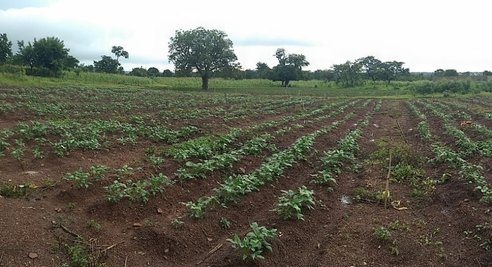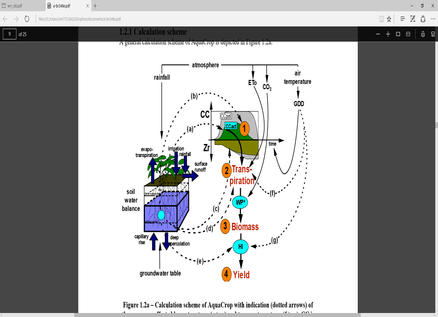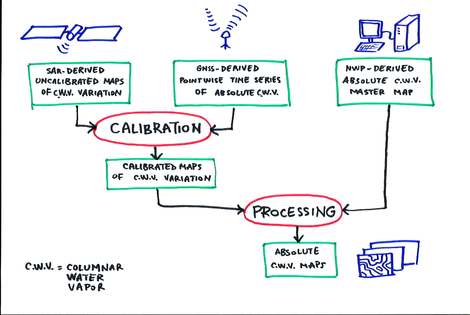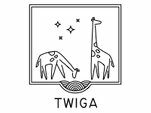How many ground observations should we aim at?

TWIGA focuses on the combination of remote sensing data and ground-based observations to run models and develop products. The quality and amount of ground-based observations determine the accuracy of data that is used for satellite calibration and modeling, such as crop models. Maintaining monitoring networks requires high resources, thus it is important to assess where […]
Disdro in Kenya – Rain Listening Sensors

In Narok, Kenya there is a unique network of rain sensors on the experiment. We call it the Disdro Network – a network of acoustic devices that measures the distribution and intensity of rainfall. In December 2020, 10 Disdros were installed on an area spanning 1700km2. A few more are scheduled for installation in early […]
Using drones to get insight into field-scale moisture status

Within the TWIGA project, a student from Wageningen University, Kim Faassen, took up an internship with FutureWater to complete her MSc specialisation Meteorology and Air Quality. We asked Kim to develop a spatial evapotranspiration (ET) product based on a simple method and requiring few data inputs that can be obtained from satellites and drone flights. […]
UNIVERSAL AND INCLUSIVE ACCESS TO GEOSPATIAL INFORMATION FOR INCREASED PRODUCTION AND PRODUCTIVITY IN AGRICULTURE AND WATER

There is a lot of attention for digitalization for rural development (see for example the IT4D publication), however the sustainable increase of production and productivity in agriculture and water with the help of digitalization has not reached scale yet. The current wisdom is that this is most likely because most farmers in developing countries are […]
Coping with ionospheric disturbances in sub-Saharan Africa for GNSS meteorological applications

At the end of 2019, TWIGA shipped 6 low-cost GPS stations to Uganda. These were deployed in and around Kampala by Makerere University, with the support of GReD, PoliMi, Makerere University, and TU Delft. The purpose was to derive estimates of tropospheric Zenith Total Delay (ZTD), a parameter useful for meteorological applications. The use of […]
Transboundary Water Management made easier using the TWIGA platform

Currently, only around 58% of Africans have access to safe drinking water. More than 90% of African freshwater is contained within 63 internationally shared basins. The current freshwater distribution in Africa is expected to change rapidly due to climatic- and socio-economic drivers (IPCC, 2014). In order to guarantee access to freshwater for drinking water or […]
Chasing neutrons: A story that starts in the deep cosmos and ends in a field near you

In the TWIGA proposal, we included one technology that was at the lowest Technology Readiness Level (TRL1). This was a cost-effective detector of environmental neutrons. This blog is a bit technical but, basically, we want to know how wet our soils are, at a scale that is comparable to that observed by satellites. Soil moisture […]
FAO AquaCrop in TWIGA

Crop simulation models are widely used by scientists, policy-makers, and practitioners to understand the response of crop yield to variables including soil fertility, water availability, and atmospheric composition. Among crop simulation models a common drawback is the need for highly detailed input data and parameter values, which are rarely available in data-scarce regions such as […]
Water vapor maps from the integration of GNSS measurements, SAR satellite images and NWP models

Copernicus Sentinel-1 SAR (Synthetic Aperture Radar) acquisitions allow for the generation of high resolution maps containing the variation of atmospheric water vapor content with respect to a reference situation (MASTER). The maps are in fact the product of a processing technique, known as SAR Interferometry (InSAR), which involves the combination of satellite SAR images acquired […]

